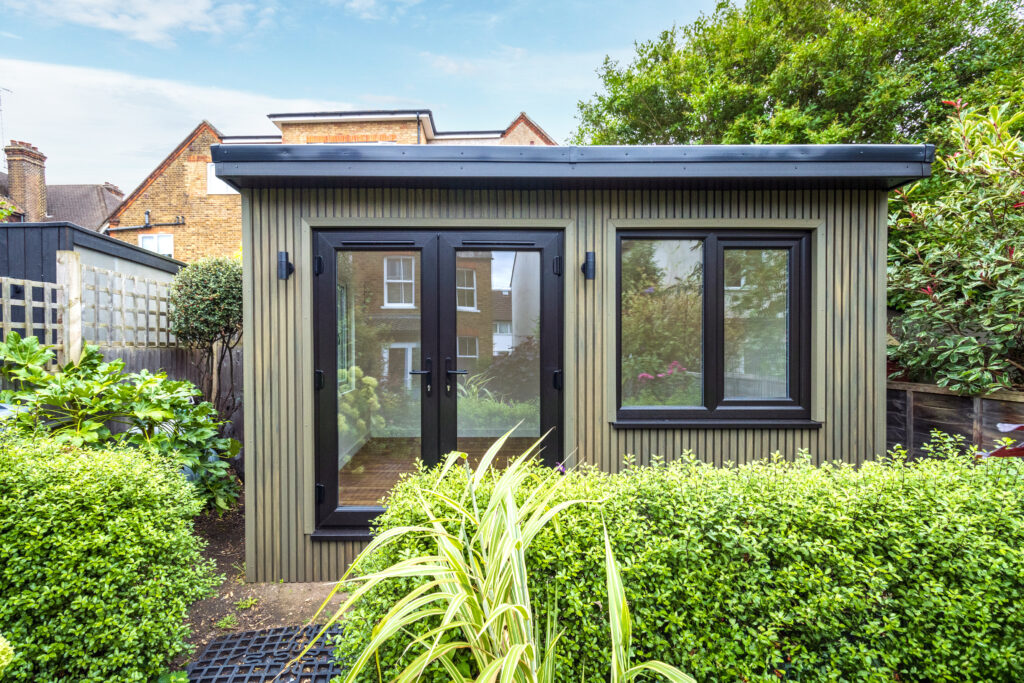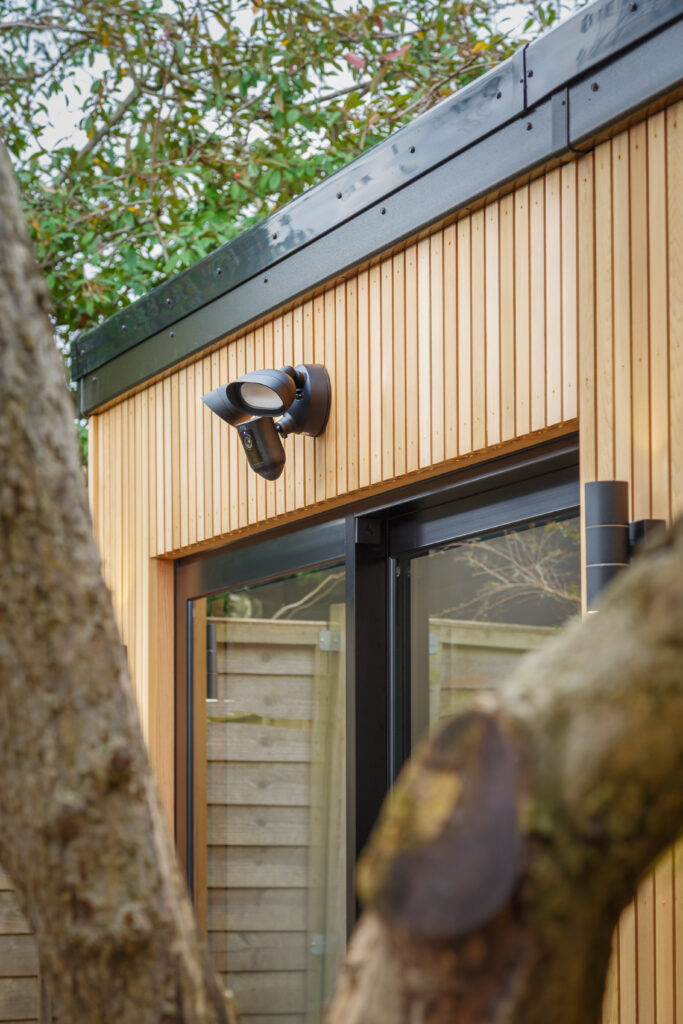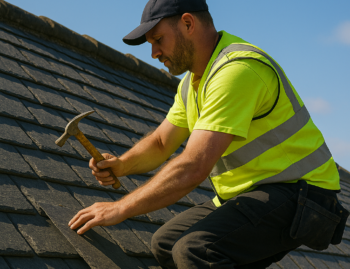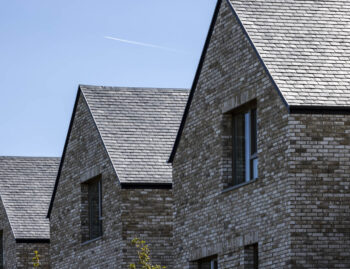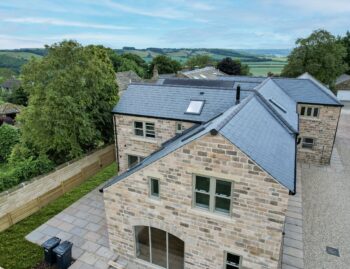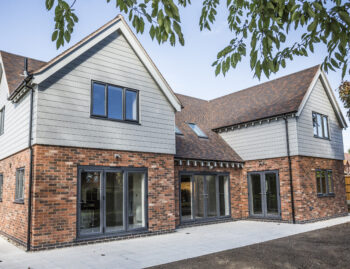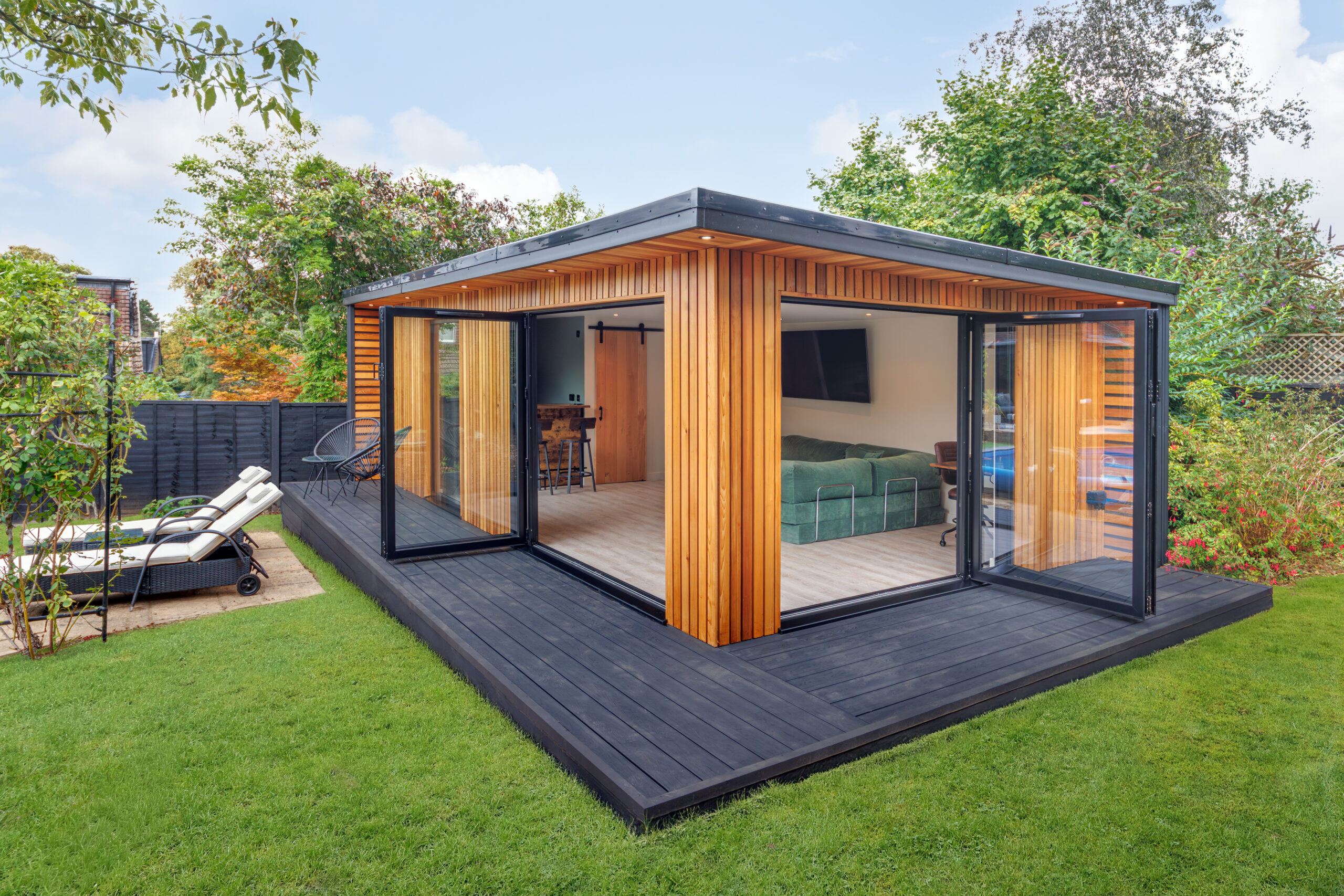
Content provided by My Outhouse. The views expressed are those of the contributor.
The best fascia boards for garden rooms are typically made from durable, weather-resistant materials like uPVC or PVCU, which resist rot and require low maintenance. Expanded PVC (PVCUE) offers lightweight, insulated benefits but is slightly less strong. These boards protect roof edges from rain and wind, support gutters, and maintain a neat appearance. Proper installation and regular upkeep extend their lifespan. Further details will help clarify material choices and maintenance tips for lasting results.
Types of Fascia Boards Suitable for Garden Rooms
Several types of fascia boards are commonly used in garden rooms, each offering distinct benefits in durability, appearance, and maintenance.
My Outhouse uses uPVC fascia boards from Watts Roofing for their garden rooms due to their rigidity, weather resistance, and low upkeep requirements. These boards do not rot or warp, making them ideal for outdoor settings exposed to rain.
Expanded PVC, or PVCue, is another option; it is lightweight and thicker, providing good insulation and a solid feel.
Timber fascia boards offer a traditional look but require regular treatment to prevent decay and damage from moisture.
Composite materials combining wood fibres and plastic are also used, delivering durability with a natural appearance.
Choosing the right fascia board depends on balancing aesthetic preferences with weather resistance and long-term maintenance needs.
Key Features to Consider for Garden Room Fascia
When selecting fascia boards for garden rooms, it is essential to consider factors such as durability, weather resistance, and maintenance requirements.
Fascia boards must endure constant exposure to rain, wind, and sunlight without warping or deteriorating. Weather-resistant materials prevent water damage and protect the roof structure.
Maintenance needs influence long-term upkeep costs; low-maintenance options reduce the time and effort involved. Additionally, fascia boards should support gutters effectively to manage water flow.
A good fascia also complements the garden rooms aesthetic, providing a neat, finished edge to the roofline. Ensuring proper sizing for structural support and compatibility with soffits and bargeboards is important.
Choosing fascia with these key features helps guarantee a lasting, functional, and visually appealing garden room installation.
Comparing uPVC, PVCU, and PVCUE Fascia Boards
Although uPVC, PVCU, and PVCUE fascia boards are often used interchangeably, each type has distinct characteristics that affect performance and suitability for garden rooms.
uPVC and PVCU generally refer to unplasticised polyvinyl chloride, known for its rigidity and durability, making it ideal for long-lasting fascia boards exposed to weather. These boards resist rot, require little maintenance, and retain their shape over time.
PVCUE, on the other hand, is an expanded or foamed version of PVC. It is lighter and thicker, offering better insulation but slightly less strength compared to solid uPVC.
For garden rooms, uPVC and PVCU provide robust protection against rain and wind, while PVCUE can be chosen where weight and thermal performance are priorities.
Selecting the right type depends on specific project needs and environmental factors.
Installation Tips for Durable Fascia in Garden Rooms
How can the longevity and effectiveness of fascia boards in garden rooms be ensured through proper installation?
First, it is essential to select fascia materials suited to withstand outdoor conditions, such as uPVC or PVCu, known for durability and low maintenance.
Installation must begin with securely fixing fascia boards to the lower ends of roof trusses, ensuring they are level and firmly attached to support guttering and roof tiles.
Proper sealing at joints prevents water ingress, reducing the risk of decay.
Additionally, allowing for slight expansion and contraction during temperature changes prevents warping.
Adequate ventilation behind the fascia, often paired with soffits, helps avoid condensation buildup.
Finally, precise cutting and fitting around corners and box ends maintain structural integrity and a neat appearance, contributing to the fascia’s long-lasting performance.
Maintaining Fascia Boards for Longevity and Appearance
Proper installation lays the foundation for fascia boards to perform well, but ongoing maintenance plays a significant role in preserving their durability and appearance over time.
Regular inspections help identify damage, such as cracks or warping, early. Cleaning fascia boards with mild detergent removes dirt, algae, and debris that can cause decay. For uPVC or PVCu boards, gentle washing avoids surface damage.
Maintaining gutter systems attached to fascia is crucial to prevent water overflow that can degrade the board. Any damaged sections should be repaired or replaced promptly to avoid further issues.
Applying protective coatings or paint can enhance weather resistance and extend lifespan. Consistent care ensures fascia boards continue to support roof edges effectively and maintain the aesthetic quality of garden rooms.
Choosing the right fascia board for a garden room often seems like a small detail, yet it coincidentally becomes the guardian against weather’s harsh effects and time’s wear. When materials like uPVC or PVCu are thoughtfully selected, they not only protect but also elevate the garden room’s charm. This careful choice ensures that what began as a simple outdoor space quietly grows into a lasting sanctuary, blending beauty and durability in perfect harmony.
